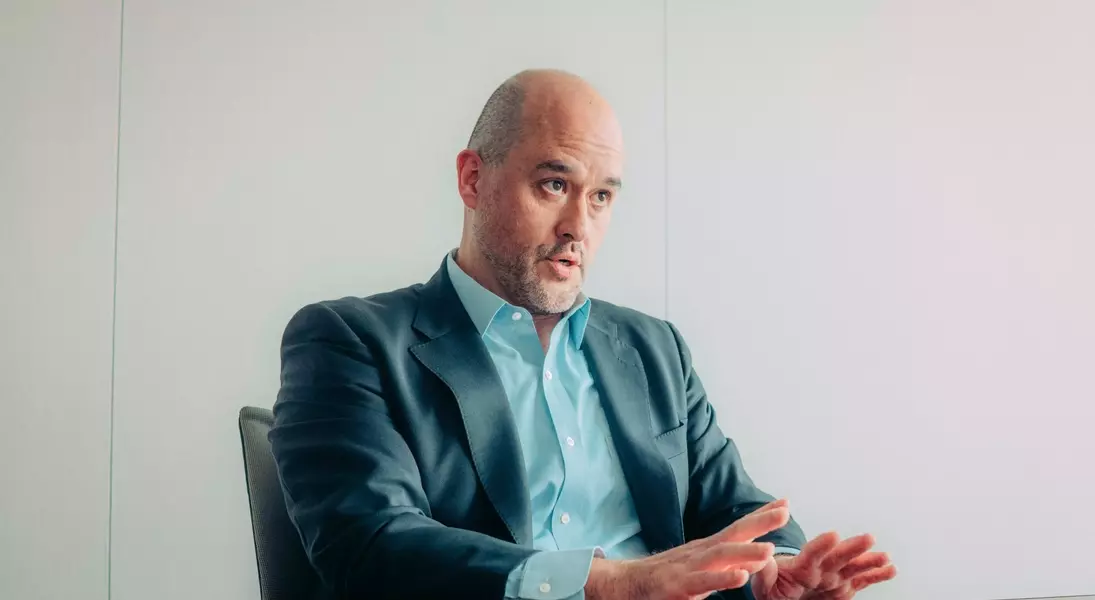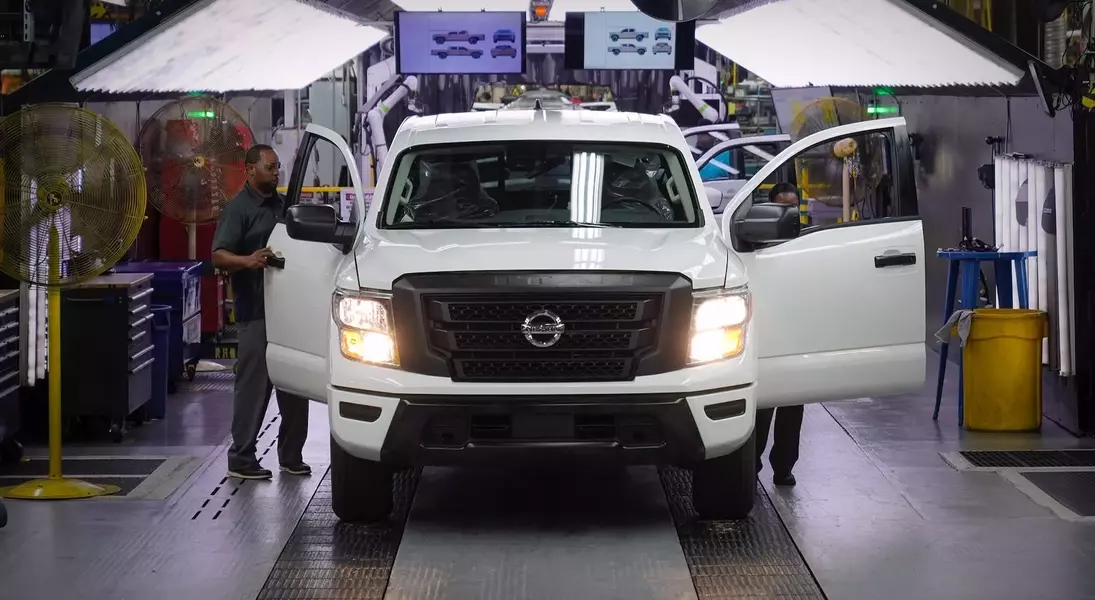



Japanese automaker Nissan is currently navigating challenging financial waters, having reported its fifth consecutive quarterly net loss. This period of financial strain is primarily a result of significant US tariffs and ongoing global supply chain disruptions, including a potential shortage of crucial semiconductor chips. In response, Nissan has embarked on an ambitious restructuring program known as "Re:Nissan," which involves divesting non-core assets and streamlining its global manufacturing footprint to enhance efficiency and return to profitability. Despite these challenges, the company's CEO expresses confidence in the strategic overhaul and foresees a brighter financial outlook in the coming fiscal periods.
Nissan's Persistent Financial Struggles and Strategic Restructuring Initiatives
On November 6, 2025, in Tokyo, Nissan announced a net loss of 106.2 billion yen (approximately $689.1 million USD) for the fiscal quarter spanning July to September. This follows a substantial loss of ᆬ115.7 billion ($782 million USD) in the preceding quarter from April to June. While US tariffs significantly impacted the company's financial performance, paradoxically, they also contributed nearly $500 million to its operating profit. The automaker anticipates a sales resurgence in the latter half of its fiscal year, driven by the introduction of new vehicle models, and projects positive cash flow from its automotive division. Nissan remains on track to achieve its cost-reduction goal of 500 billion yen (around $3.26 billion USD) by March 2027.
As part of its broader restructuring, Nissan secured 73.9 billion yen (approximately $482.97 million USD) from the sale of its global headquarters in Yokohama, Japan. The company will continue to occupy the premises through a lease-back arrangement, ensuring minimal disruption to operations. This move follows an earlier offer of roughly ᆬ90 billion ($610 million USD) from KKR & Co.'s Japanese real estate arm, KJR Management, for the prime property. CEO Ivan Espinosa emphasized that this asset optimization strategy is crucial for unlocking value and underscores Nissan's enduring commitment to Yokohama.
Further exacerbating its financial challenges, Nissan forecasts a loss of nearly 275 billion yen (approximately $1.8 billion USD) due to tariffs, currency fluctuations, and supply chain vulnerabilities, notably a potential shortage of chips from Nexperia. In a statement, Espinosa acknowledged the significant hurdles but reaffirmed Nissan's recovery trajectory, highlighting the foundational progress made towards future success.
Under the "Re:Nissan" austerity plan, the company is systematically shedding excess production capacity. Espinosa confirmed that Nissan will cease production at the Cooperation Manufacturing Plant Aguascalientes (COMPAS) joint venture facility in Mexico by the end of the current month, where it collaborated with Mercedes-Benz on models such as the Infiniti QX50, QX55, and Mercedes-Benz GLB. The initiative aims to reduce global production capacity by 2.5 million to 3 million vehicles by the conclusion of the 2027-2028 fiscal year. Nissan has previously announced closures of plants in Argentina, India, and the historic Civac plant in Mexico, its first factory outside Japan. Additionally, the Oppama and Shatai Shonan plants in Japan are slated for closure.
Looking ahead, Espinosa hinted at a potential new Infiniti crossover, possibly based on the Nissan Rogue platform. This future model could feature both a conventional internal combustion engine and Nissan's innovative e-Power hybrid technology. Discussions are also underway regarding increased localization of components for these vehicles in the US market, exploring options for additional derivatives, potentially under the Infiniti brand.
Nissan's current period of financial difficulty underscores the volatile and competitive nature of the global automotive industry. The company's proactive and decisive measures, particularly its comprehensive restructuring and cost-cutting initiatives, are critical steps toward re-establishing financial stability. While the path to sustained profitability may be arduous, the strategic asset sales, manufacturing consolidation, and exploration of new product lines, alongside potential collaborations with industry peers like Honda, suggest a robust commitment to adaptation and long-term growth. This period of transformation highlights the resilience required for major corporations to thrive amidst economic headwinds and evolving market demands, ultimately aiming to emerge stronger and more agile in the future.
